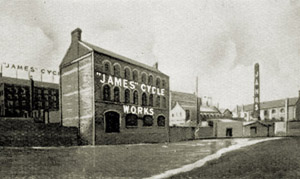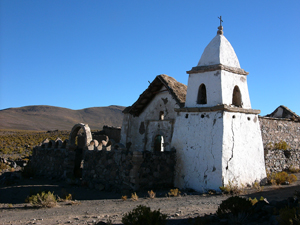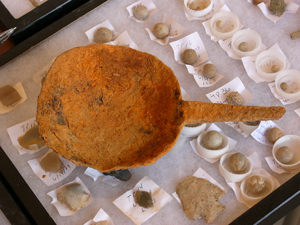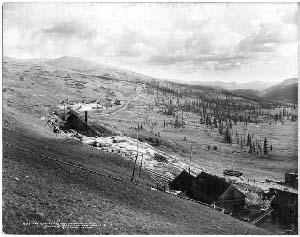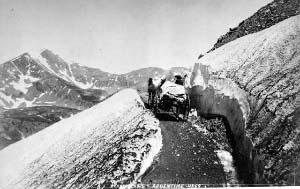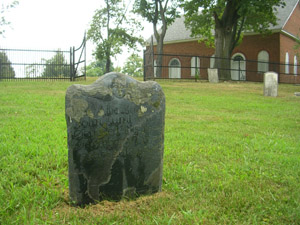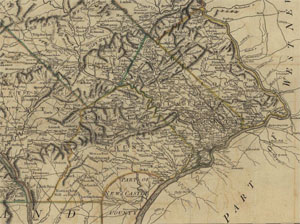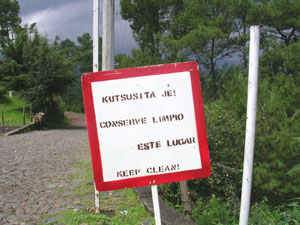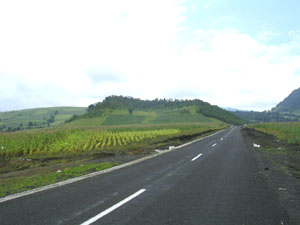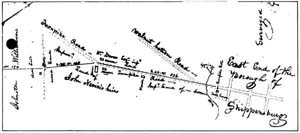The British motorcycle industry experienced several major 'waves' of new industry entrants and exits. Two major clusters were the driving force behind the industry, and their individual characteristics were unexpected: a high rate of industry entries and exits, and high level of stability in marque concentration. As the industry matured, the number of small start-up firms declined. During the last of the major waves, technical innovation within the British motorcycle industry slowed just as innovations in the German and Italian motorcycle industries began to increase, resulting in industry stagnation.
Marr, Paul. Transport History, In revision.
